
[vc_row][vc_column width="1/1"][vc_custom_heading]
The two most common species of chamomile currently commercialised and used for health treatments are German and Roman Chamomile. Although both herbs belong to the Asteraceae/Compositae family and they are used to treat similar health problems, they have different chemical composition, morphology, and applications¹. For example, the essential oil and chemical constituents of these two varieties are markedly different².
This article explores the main features of German and Roman Chamomile, identifying their unique traits and beneficial effects.
 German Chamomile – formally know as Matricaria chamomilla L. or under its synonym Matricaria recutita L. – is a plant with a height of about 50cm and an erect branched stem. The leaves are bipinnate or tripinnate – further subdivided in a pinnate arrangements – with flowers carried in paniculate capitula – type of inflorescence.
German Chamomile – formally know as Matricaria chamomilla L. or under its synonym Matricaria recutita L. – is a plant with a height of about 50cm and an erect branched stem. The leaves are bipinnate or tripinnate – further subdivided in a pinnate arrangements – with flowers carried in paniculate capitula – type of inflorescence.
German Chamomile is native to most of the European and Asian continents, but the plant is also present in North and Southwest America. In order to grow well vegetated and produce an abundance of flowers, German Chamomile needs full sun and heat, and high temperatures are necessary in order to produce optimum oil yields³.
The main component of this variety of M. chamomilla is terpene bisabolol, which comprises 50% of the chamomile’s essential oil. Several studies have documented the multiple pharmacological actions of alpha-bisabolol, among which we find antibacterial, antifungal, anti-inflammatory, antispasmodic, anti-ulcer, anti-viral, and sedative effects¹.
Current studies are exploring the antiproliferative and apoptotic effect of chamomile extract in various human cancer cell lines. Preclinical studies observed that the anticancer activity of chamomile is due to the presence of apigenin - a bioactive compound present in both chamomile varieties mentioned above⁴.
 Roman Chamomile - formally knows as Chamaemelum nobile (L.) or under its synonym Anthemis nobilis - is a Mediterranean perennial plant of about 16-32 cm height. The flowers are typically big, with a white colour and a strong enjoyable fragrance⁵.
Roman Chamomile - formally knows as Chamaemelum nobile (L.) or under its synonym Anthemis nobilis - is a Mediterranean perennial plant of about 16-32 cm height. The flowers are typically big, with a white colour and a strong enjoyable fragrance⁵.
It is native to the UK, Southwest Europe (mainly Spain and Portugal), North Africa and Southwest Asia. However, this variety is cultivated all across Europe. The substantive “nobile” (Latin word for “noble”) was attributed to the plant due to its therapeutic properties, which were stated to be better than those of the German Chamomile⁶.
Unlike German Chamomile, the main component of Roman Chamomile is esters of angelic and tiglic acid together, which apport healthy benefits to the plant. Chamomile is often associated with relaxation, sleep and digestive health. In this regard, studies conducted with chamomile highlight the calming effects of this herb, which acts as a mild tranquilliser⁷.
However, recent studies are unlocking some of the secrets hidden behind Roman Chamomile. For instance, research shows that the antioxidant and antimicrobial properties of essential oils in C. nobilis possess the highest antioxidant activity⁸. A study published in the Journal of Natural Products reports the anti-inflammatory properties of Roman Chamomile, highlighting its potential benefits on hypoglycaemia and the ability to reduce oxidative stress⁹.
Taking into consideration the multiple beneficial properties of chamomile, Sibelius has developed Sibelius™: Chamomile - derived from a proprietary, non-GMO cultivar of Roman Chamomile (Chameamelum nobile L.), to address both sleep and digestive health concerns.
We have used our patented testing platform Chronoscreen™ to identify its beneficial properties. This testing method identifies and confirms the evidence of a natural product’s potential health benefits, which can then determine the pathways essential for the ingredient’s activity.
We screened a wide array of chamomile extracts to identify their possible beneficial effects on the regulation of cellular aging. In particular, the Sibelius™: Chamomile tincture showed significant increases in the lifespan of the model organism C. elegans by more than 15%.
Science has proved that Sibelius™: Chamomile is not “just another chamomile”. Visit our website and find out more about Sibelius™:Chamomile, the only non-GMO, proprietary sourced, and scientifically validated Roman chamomile ingredient on the market.[/vc_column_text][/vc_column][/vc_row][vc_row][vc_column width="1/1"][vc_button button_color="color-160908" border_width="0" link="url:http%3A%2F%2Fbit.ly%2F3AkKFR4"]Download the sell sheet for more information [/vc_button][/vc_column][/vc_row][vc_row][vc_column width="1/1"][vc_column_text]
References:
1. Matricaria Chamomilla (German Chamomile). Alternative Medicine Review. 2018; 13 (1): 58–62
2. Mann, C and Staba, EJ. The chemistry, pharmacognosy and chemical formulations of chamomile. Herbs Spices and Medicinal Plants. 1986; 1: 236–280.
3. Alberts WG. German Chamomile Production. Directorate Agricultural Information Services. Department of Agriculture. Private Bag X144, Pretoria, 0001 South Africa. 2009.
4. Chis, MS et al. A Comprehensive Review Regarding the Botanical origin, Medical uses and chemical composition of Roman and German Chamomile. Hop and Medicinal Plants, Year XXVII, No. 1-2, 2019.
5. Omidbaigi, R et al. Influence of drying methods on the essential oil content and composition of Roman chamomile. Flavour and Fragrance Journal. 2004; 196–198.
6. Sándor Z et al., Evidence Supports Tradition: The in Vitro Effects of Roman Chamomile on Smooth Muscles, Frontiers in Pharmacology. 2018; 9: 323.
7. Srivastava, J et al. Chamomile: A herbal medicine of the past with a bright future (Review). Molecular Medicine Reports. 2010; 3(6): 895-901.
8. Piccaglia R et al. Antibacterial and Antioxidant Properties of Mediterranean Aromatic Plants. Industr. Cr. Prod. 1993; 2: 47-50.
9. Zhao J et al. Octulosonic acid derivatives from Roman chamomile (Chamaemelum nobile) with activities against inflammation and metabolic disorder. Journal of Natural Products. 2014; 77(3):509-15.[/vc_column_text][vc_separator sep_color="color-gyho"][/vc_column][/vc_row]